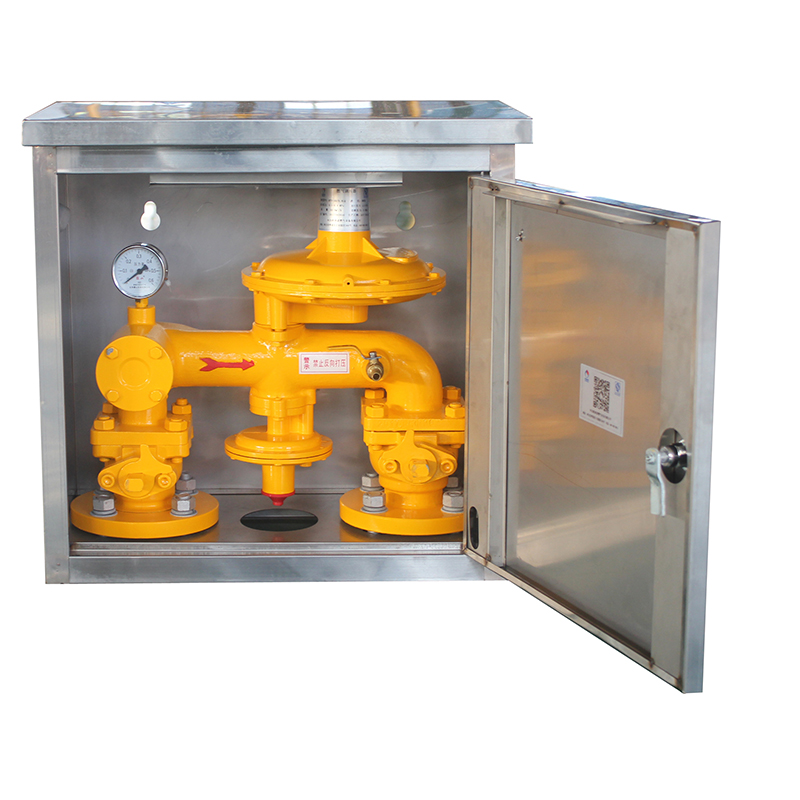
Nov . 10, 2024 19:09
Back to list
Natural Gas Pressure Regulation Station Design and Implementation Techniques
Understanding Natural Gas Pressure Reducing Stations
Natural gas plays a crucial role in the global energy landscape, serving as a primary source of heating and power generation for millions around the world. However, to ensure the safe and efficient delivery of natural gas to consumers, it must be managed carefully as it travels through pipelines. One vital component in this process is the natural gas pressure reducing station.
What is a Pressure Reducing Station?
A natural gas pressure reducing station (PRDS) is a facility designed to lower the high pressure of natural gas coming from transmission pipelines to a usable pressure for distribution systems. These stations are critical in maintaining the safety and integrity of the gas supply, preventing potential hazards associated with high-pressure gas in urban or residential areas.
The Need for Pressure Regulation
Natural gas is transported through extensive pipeline networks at high pressures—often exceeding 1,000 psi (pounds per square inch). This high pressure is necessary to move gas efficiently over long distances. However, before the gas can reach homes and businesses, it must be reduced to a much lower pressure, typically between 0.25 psi and 60 psi, depending on the distribution system’s requirements.
If the gas were to enter residential areas at such high pressures, it could cause equipment damage, gas leaks, or even explosions. Therefore, PRDS ensures that natural gas is appropriately regulated to meet safety standards.
Components of a Pressure Reducing Station
A typical pressure reducing station consists of several key components
1. Inlet and Outlet Headers These are pipes that connect the station to the high-pressure transmission line and the lower-pressure distribution network, respectively.
natural gas pressure reducing station

2. Pressure Regulators These devices are crucial as they automatically adjust the flow of gas, reducing its pressure. The regulators can be either diaphragm-operated or piston-operated, depending on the design and operational requirements.
3. Filters Gas needs to be clean to avoid damage to the regulators and other delicate components. Filters remove particulates, sediments, and other impurities from the gas before it enters the pressure reducing station.
4. Safety Devices These include relief valves and shut-off valves that activate in case of unexpected pressure surges, ensuring the system operates safely at all times.
5. Telemetry and Control Systems Modern PRDS facilities utilize advanced monitoring and control systems to ensure continuous operation and quick responses to any irregularities in pressure levels.
Importance of Safety and Maintenance
Safety is paramount in the operation of any natural gas facility, including pressure reducing stations. Regular maintenance checks are essential to ensure that all components are functioning correctly. This includes inspecting regulators, valves, and filters, as well as carrying out routine testing for gas leaks.
Furthermore, personnel operating these stations must be well-trained and equipped to handle emergencies effectively. In addition to regular maintenance, periodic inspections are mandated by regulatory authorities to ensure compliance with safety regulations.
Conclusion
Natural gas pressure reducing stations are integral to the safe and reliable distribution of natural gas. They not only protect the infrastructure but also safeguard the lives of consumers who depend on natural gas for their daily needs. As the demand for natural gas continues to grow, so too does the importance of these stations in maintaining a secure and efficient energy supply chain. Investing in their technology, maintenance, and safety measures will be crucial for the years to come, ensuring that natural gas remains a viable and safe energy resource.
Latest news
-
Safety Valve Spring-Loaded Design Overpressure ProtectionNewsJul.25,2025
-
Precision Voltage Regulator AC5 Accuracy Grade PerformanceNewsJul.25,2025
-
Natural Gas Pressure Regulating Skid Industrial Pipeline ApplicationsNewsJul.25,2025
-
Natural Gas Filter Stainless Steel Mesh Element DesignNewsJul.25,2025
-
Gas Pressure Regulator Valve Direct-Acting Spring-Loaded DesignNewsJul.25,2025
-
Decompression Equipment Multi-Stage Heat Exchange System DesignNewsJul.25,2025

